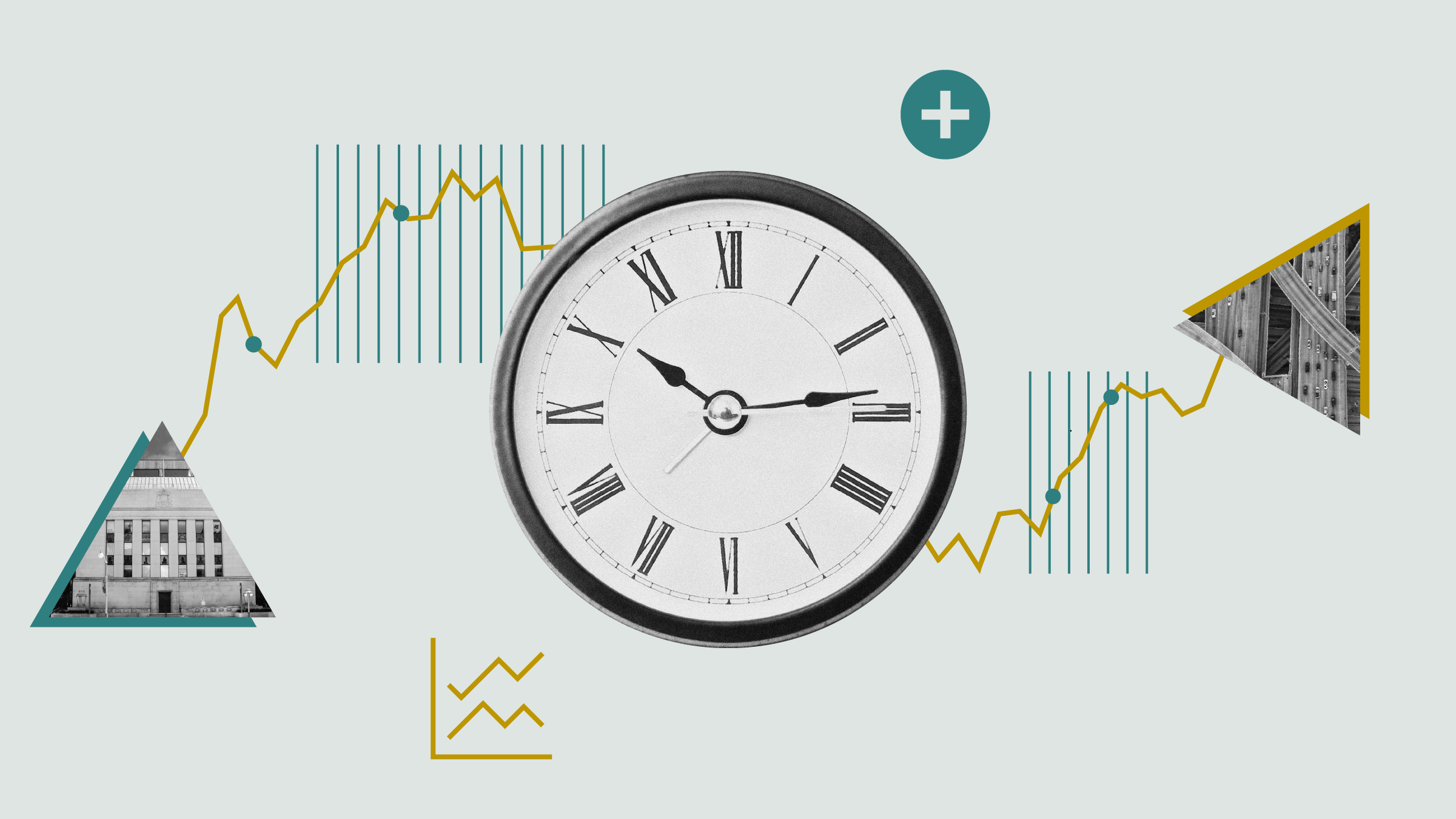
If you've been paying even passing attention to inflation--and it has been hard to ignore--you know that the latest inflation readings have been ugly.
What you may not have stopped to think about, though, is that the statistical average inflation calculation, the Consumer Price Index (CPI), is a blunt instrument because it aims to reflect the experiences of consumers at large. In the U.S. for example, to calculate the CPI, the U.S. Bureau of Labor Statistics uses a consumption basket of goods and services, with each item weighted by how much of the typical household's budget it represents. Categories like housing receive the biggest weighting, while recreation and apparel get smaller weightings.
But what your household spends money on almost certainly differs from the typical household's. Take, for example, a new homeowner who has a sizable mortgage and is also making substantial home improvements while simultaneously purchasing furnishings, window treatments, and garden implements. Housing-related outlays are apt to be a bigger share of the new homeowner's budget than is likely to be the case for the population at large. Meanwhile, a retired older adult who no longer has a mortgage will likely have smaller housing-related outlays, as a percentage of household spending, than the general population, but they may have higher travel, or health-related expenses.
Calculating Your Own
Given those variations, it can be helpful to use the CPI's weightings as a starting point for understanding inflation's impact on your household and how aggressively you need to defend against it. But you can get closer to a personal inflation rate by looking at your actual spending in each of the major categories and blending that with the inflation we're seeing in those areas.
On this spreadsheet, you can input your spending in each of the major categories, then calculate a personalized inflation rate that incorporates inflation by spending category. We've populated it with some sample data, but you can look back on your actual spending over the past year; you can also tweak the inflation expectations for each line item to align with your own experiences.
One factor that will probably jump out as you calculate a customized inflation rate is the importance of transportation costs in driving recent increases in inflation. If you've had to purchase a car over the past year or even if you just frequently fill up the tank, you've probably seen a substantial increase in your outlays to get around. City dwellers who bike or walk, on the other hand, have been much less affected by rising transport prices.
Food costs have seen the second-highest rate of inflation over the past year, and they're less likely to be variable among different consumers. (Everyone has to eat!) Even so, there are some interesting variations in the rates of inflation among subcategories, and they might affect whether your personal rate of food inflation is higher or lower than the baseline food inflation rate.
As interesting as it can be to come up with a personalized inflation estimate, it's important to not come away with a false sense of precision about inflation. For one thing, inflation statistics are ephemeral: The one-year figures provided in the spreadsheet capture price changes in various categories amid a booming economy and supply-chain disruptions.
Moreover, the number that really bears paying attention to is the trend in your actual, all-in spending, which depends on a few key variables: your fixed and discretionary expenses as well as what's going on with inflation in each of the spending categories. Ultimately, your actual household spending trend matters more than examining inflation on a small scale because you exert a level of control over some of your spending, whereas inflation is out of your hands.
Inflation for Older Adults
Life stage tends to play a role in the inflation experience, too. The difference in the inflation rates owes to differences in the consumption baskets of older adults and the general population. Older adults spend more on medical care than the general population. And while the medical-care inflation rate in the U.S., for example, has recently been even lower than the general inflation rate, its historical average is more than 5%, which has had a disproportionate effect on older adults.
On the other side of the ledger, older adults' outlays for other budget line items are lower--notably transportation and education. Older adults commute less than younger people do, and their years of heavy education spending are typically behind them, too. Food expenses--both dining out and food prepared at home--also consume a smaller share of older adults' budgets than is the case for younger adults. Thus, rising food costs--the category with the second-highest inflation over the past 12 months through February 2022--have probably hurt older adults a bit less than the broad population.




















